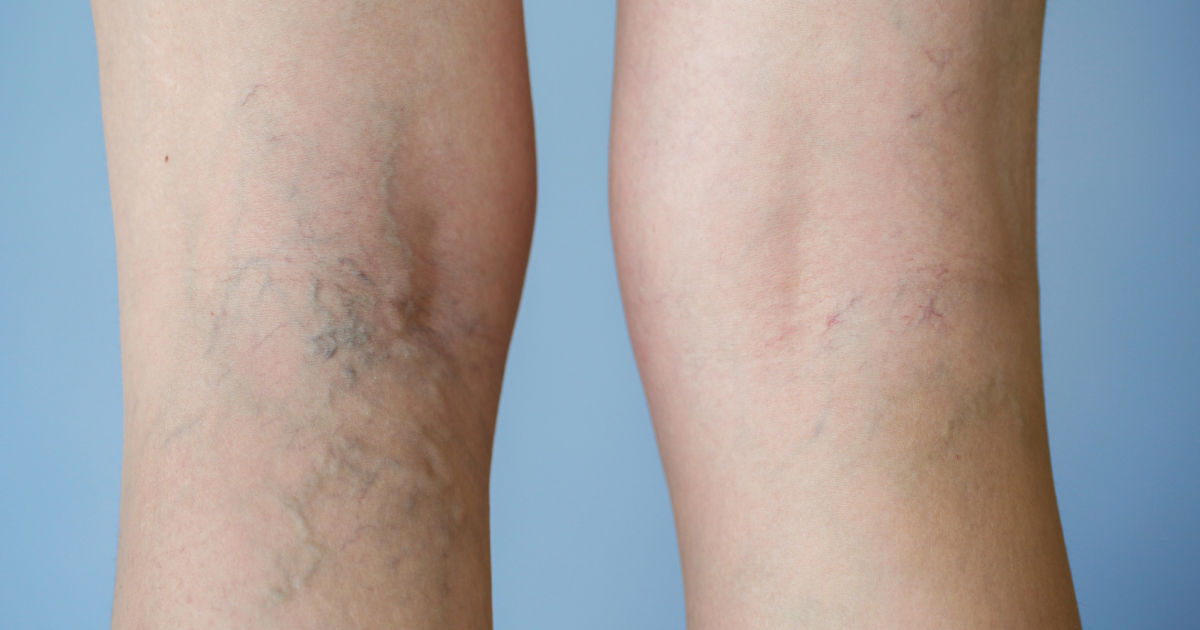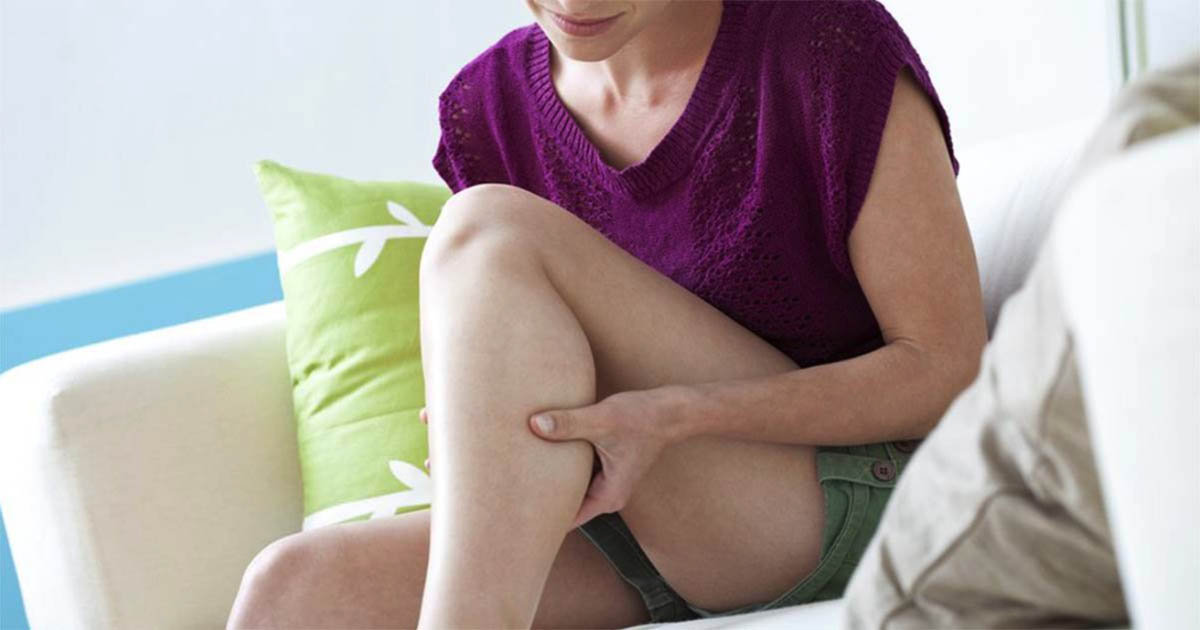Symptoms Of Varicose Veins
Veins, unlike arteries, are thin-walled blood vessels that return blood to the heart and contain valves that keep the blood pumping. A defect in the structure and function of the valves or weakness of the venous wall can result in varicose veins. Increased pressure inside the veins causes them to dilate, and as the veins dilate and bulge, they begin to visibly twist and turn on themselves, which can be seen through the skin. Varicose veins can be categorized as either primary or secondary.
Primary varicose veins are usually caused by a valvular insufficiency in the superficial venous system. Secondary varicose veins occur in the deep veins and are usually caused by deep vein thrombosis, which can result from valvular insufficiency or an occlusion in the deep venous system. Patients who have varicose veins are usually concerned with the cosmetic appearance of their legs. However, they also experience many uncomfortable symptoms.
Visible And Large Veins

Visible and large leg veins not only cause discomfort over the way a patient's legs look in a dress or shorts, but they can also cause physical pain. Veins become large and dilated when venous blood pools in the legs, which happens when the valves of the veins are not working properly or the venous walls have become stretched. The pooling of blood can lead to pain and discomfort in the legs.
Most veins that cause pain are visibly larger and bluish in color, can be felt as a raised bulge, and are often twisted. These are called varicose veins. Spider veins are a milder form of these, got their name from their spider-like appearance, and are less than one to three millimeters. Varicose veins, however, are larger. They are greater than three millimeters and are usually bumpy and twisted. They can lead to further health problems, such as ulcers and blood clots.
Cramping In The Legs

Venous disorders, such as varicose veins, often include leg cramping at night as a symptom. Healthy veins return the blood with waste products, such as carbon dioxide, back to the heart and lungs where it is replenished again with oxygen and nutrients. Veins contain valves that direct the blood back to a patient's heart and lungs and prevent it from flowing back. If the valves are damaged, the venous blood will pool in the patient's legs with the waste products, causing leg cramping in patients with varicose veins. However, it is important to note patients can have leg cramping due to venous reflux even though they do not have visible signs of varicose veins or spider veins yet.
